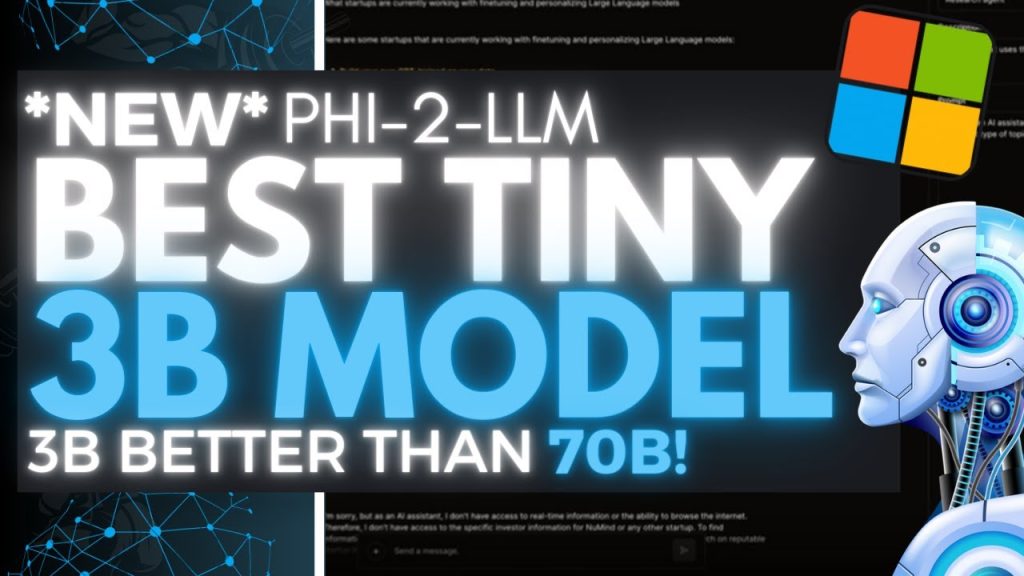Microsoft has recently released Phi-2, a revolutionary AI language model designed specifically for phones. This small language model (SML) is capable of outperforming larger models like Llama 2 and Mistral 7B, despite its smaller size. With 2.7 billion parameters, Phi-2 delivers impressive performance that rivals models with billions more connections between artificial neurons.
Microsoft Phi-2 capabilities
Phi-2’s capabilities have been highlighted by Microsoft researchers in a blog post announcing its release. They emphasize that it surpasses Google’s Gemini Nano 2 model, which has half a billion more parameters, and exhibits less toxicity and bias in its responses compared to Llama 2.
One of the notable features of Phi-2 is its ability to correctly answer complex physics problems and even correct students’ mistakes using prompts. In fact, Microsoft takes a playful jab at Google’s staged demo video for Gemini Ultra, where Phi-2 was able to provide accurate answers and corrections using the same prompts despite being much smaller in size.
And… limitations
However, there is a limitation to Phi-2’s usage at present. It is licensed only for research purposes under a custom Microsoft Research License, meaning it cannot be used commercially or for revenue-generating activities. This restriction may disappoint businesses looking to leverage Phi-2 for their own applications.
Despite this limitation, Microsoft’s release of Phi-2 marks an important milestone in the development of AI language models for mobile devices. The fact that it can deliver such impressive performance while running on laptops or smartphones opens up new possibilities for on-the-go AI applications.
In conclusion, Microsoft’s release of Phi-2 represents a significant advancement in AI language models designed for phones. Its small size and high performance make it a compelling option for researchers and developers interested in exploring the potential of AI on mobile devices. While commercial usage is currently restricted, the future looks promising as AI continues to evolve and become more accessible across various platforms.

